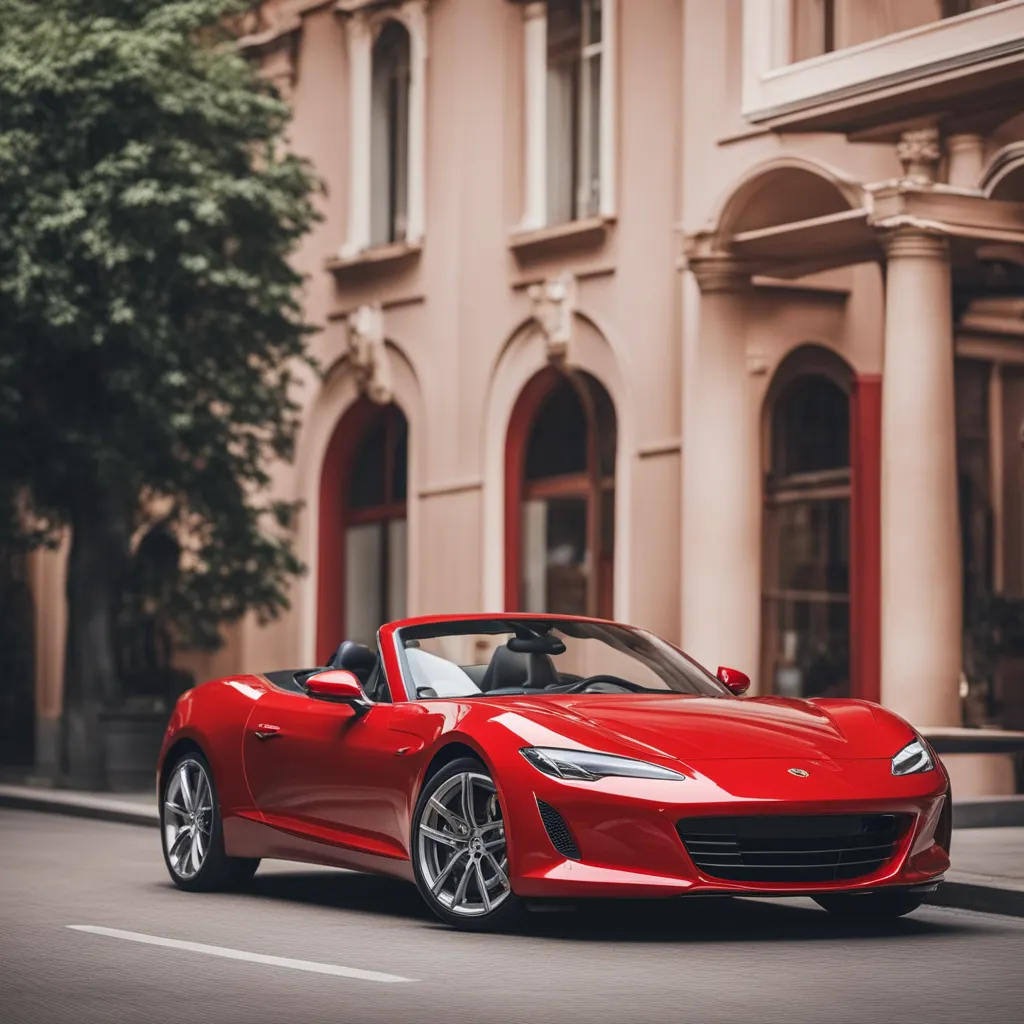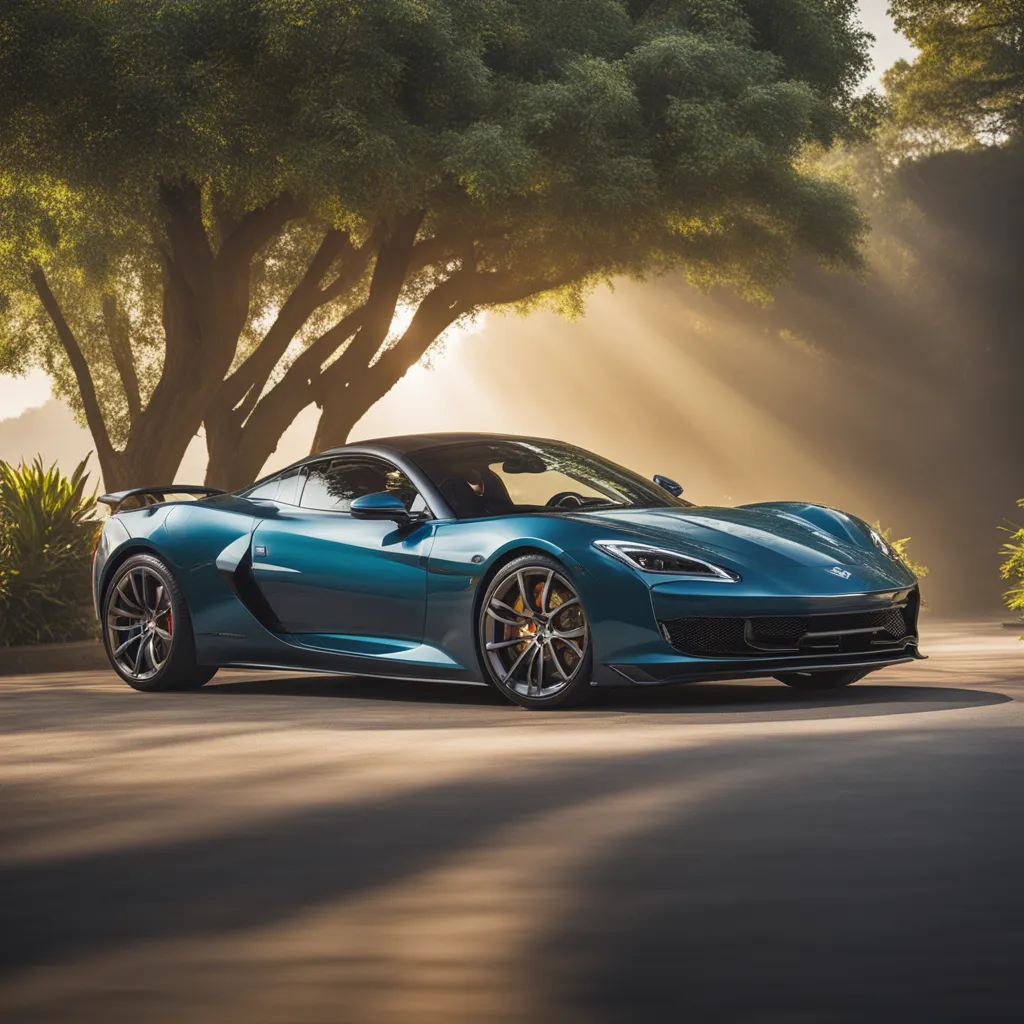Sports Cars: Exploring the Popularity of Manual and Automatic Transmissions
Have you ever found yourself in a debate over the merits of manual versus automatic transmissions in sports cars?
It’s a topic that often creates passionate discussions among car enthusiasts, and for good reason. Both transmission types have their unique features, benefits, and dedicated following. In this conversation, we’ll break down the popularity of both styles and help you understand which might be right for you.

The Essence of Sports Cars
Sports cars embody performance, style, and the thrill of driving. They are designed to deliver an exhilarating experience on the road, often characterized by their powerful engines, lightweight bodies, and sleek aesthetics. When it comes to choosing a sports car, one of the most critical decisions you’ll face is the type of transmission: manual or automatic.
The difference in driving experiences from these two transmission types can profoundly impact not only how the car performs but also how joyful the drive feels. So, let's take a closer look at what makes each type special.
Understanding Manual Transmissions
What is a Manual Transmission?
A manual transmission, often referred to as a "stick shift," requires the driver to manually change gears using a clutch pedal and gear stick. The connection between driver and machine is significantly enhanced with this type of transmission, providing a sense of engagement that many enthusiasts prefer.
The Driving Experience
Driving a manual sports car offers a unique and immersive experience. You have direct control over gear changes, allowing for a more dynamic driving style. Many drivers enjoy the satisfaction of finding the perfect gear to match their speed, which can enhance acceleration and overall performance.
The Benefits of Manual Transmissions
- Driver Engagement: For many enthusiasts, the feeling of being connected to the driving experience is a huge draw. You control every shift, which can translate into a more satisfying drive.
- Performance: In some cases, a manual transmission can provide better performance due to lighter weight and fewer power-draining components.
- Cost: Manual transmissions are generally less expensive to manufacture, which can sometimes reflect in the lower total cost of the vehicle.
- Fuel Efficiency: Under certain driving conditions, manual transmissions can achieve better fuel economy because they allow for more precise engine control.
- Simplicity and Reliability: With fewer components, manual transmissions can be more straightforward and potentially less prone to certain mechanical issues.
The Drawbacks of Manual Transmissions
Despite their benefits, manual transmissions also have downsides:
- Learning Curve: Driving a manual requires practice and skill. For someone who hasn’t driven one before, it can be challenging to learn.
- Traffic Challenges: Constant gear shifting in stop-and-go traffic can become tiresome, potentially leading to driver fatigue.
- Availability: As the automotive world shifts towards automation, fewer manufacturers offer manual options, making it harder to find your desired model with a manual transmission.
The Rise of Automatic Transmissions

What is an Automatic Transmission?
Automatic transmissions handle gear changes on behalf of the driver. The system detects the optimal timing for shifting gears based on speed and acceleration, allowing you to focus entirely on the driving experience and the road ahead.
The Driving Experience
With an automatic transmission, you often enjoy a more relaxed driving experience. You can keep both hands on the wheel and focus on navigating. This type of transmission can provide a seamless experience, especially in varying traffic conditions or long-distance drives.
The Benefits of Automatic Transmissions
- Ease of Use: Automatic transmissions are user-friendly for drivers of all skill levels. You simply press the accelerator and let the transmission do the work.
- Convenience: They excel in urban settings where stop-and-go traffic is common. No need to constantly clutch and shift gears.
- Smart Technology: Modern automatic systems have evolved with advanced technology, including dual-clutch and CVT, allowing for faster shifts and enhanced performance.
- Fuel Efficiency: Although it was once assumed that manuals were more fuel-efficient, many newer automatic transmissions outperform them in this regard thanks to advanced engineering.
- Broader Availability: Most new sports cars come equipped with automatic transmissions, giving you a wider selection of options.
The Drawbacks of Automatic Transmissions
While automatic transmissions come with many conveniences, they do have some drawbacks:
- Less Driver Control: The lack of manual control can leave some enthusiasts feeling disconnected from the vehicle.
- Heavier Weight: Automatic systems often add weight compared to their manual counterparts, which can impact performance.
- Cost: Automatics can be more expensive due to their complexity and additional components.
- Maintenance: The more sophisticated an automatic transmission becomes, the more maintenance it may require. This can lead to costly repairs if issues arise.
Popularity Trends in Sports Cars
Current Industry Trends
The debate around manual versus automatic transmissions isn’t just a matter of personal preference; it’s also influenced by industry trends. While manual transmissions were once a staple in sports cars, the automotive landscape has seen a significant shift toward automatics over the past few decades.
Automatic vs Manual Sales
What the Future Holds
As electric vehicles (EVs) and hybrid technologies emerge, the traditional debate may evolve. Many EVs don’t require a conventional transmission, greatly simplifying the driving experience. However, for sports car aficionados, manufacturers are increasingly recognizing the need for a manual option to cater to enthusiasts who crave that classic driving experience.
Consumer Preferences
What Do Drivers Prefer?
Many enthusiasts still prefer a manual transmission for the thrill it provides. Reports indicate that younger drivers, particularly Millennials and Gen Z, are eager to learn how to drive stick shifts, ensuring that this driving style remains alive, albeit in a niche market.
Enthusiast Communities
Car clubs, online forums, and social media have become essential platforms for sports car enthusiasts. Within these communities, discussions around manual versus automatic are common. Enthusiasts often share tips, experiences, and even the excitement of that perfect gear shift.
Choosing between a manual and an automatic transmission in a sports car ultimately comes down to personal preference and driving style. If you crave a more hands-on approach and enjoy the thrill of being fully engaged in every shift, a manual might be your best bet.
On the other hand, if you value convenience, ease of use, and modern technology, an automatic transmission could be ideal for you.
As you think about your next sports car purchase, consider what’s most important—performance, driver engagement, ease of use— and weigh your options accordingly. Whether you fall on the side of manual or automatic, what truly matters is the joy of driving and embracing the unique features that each car offers.





